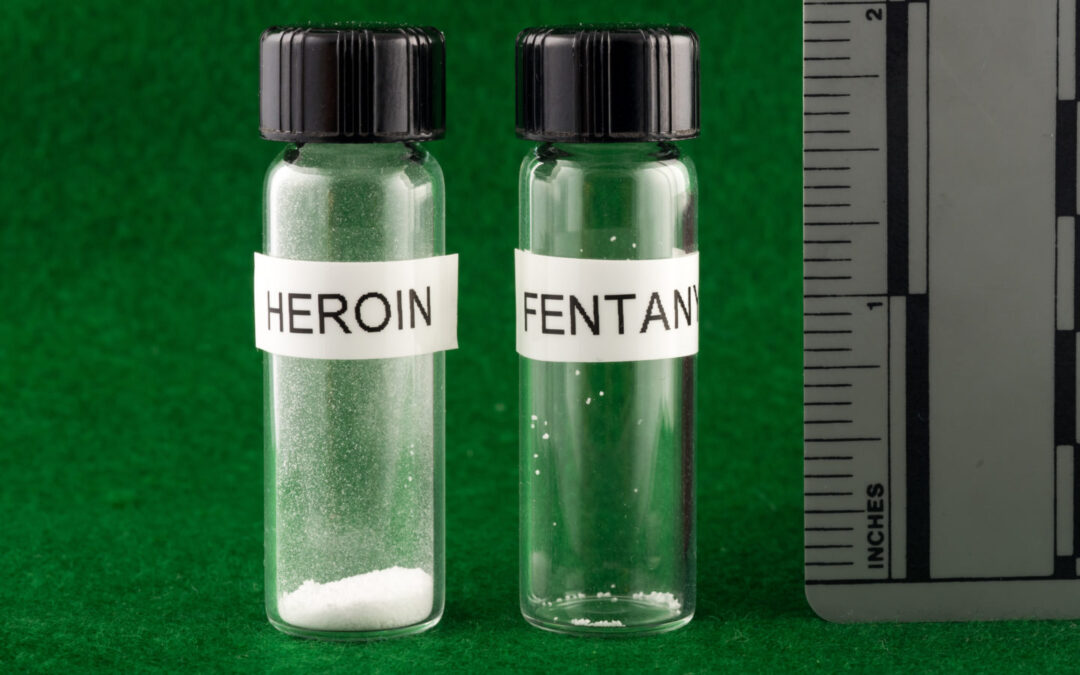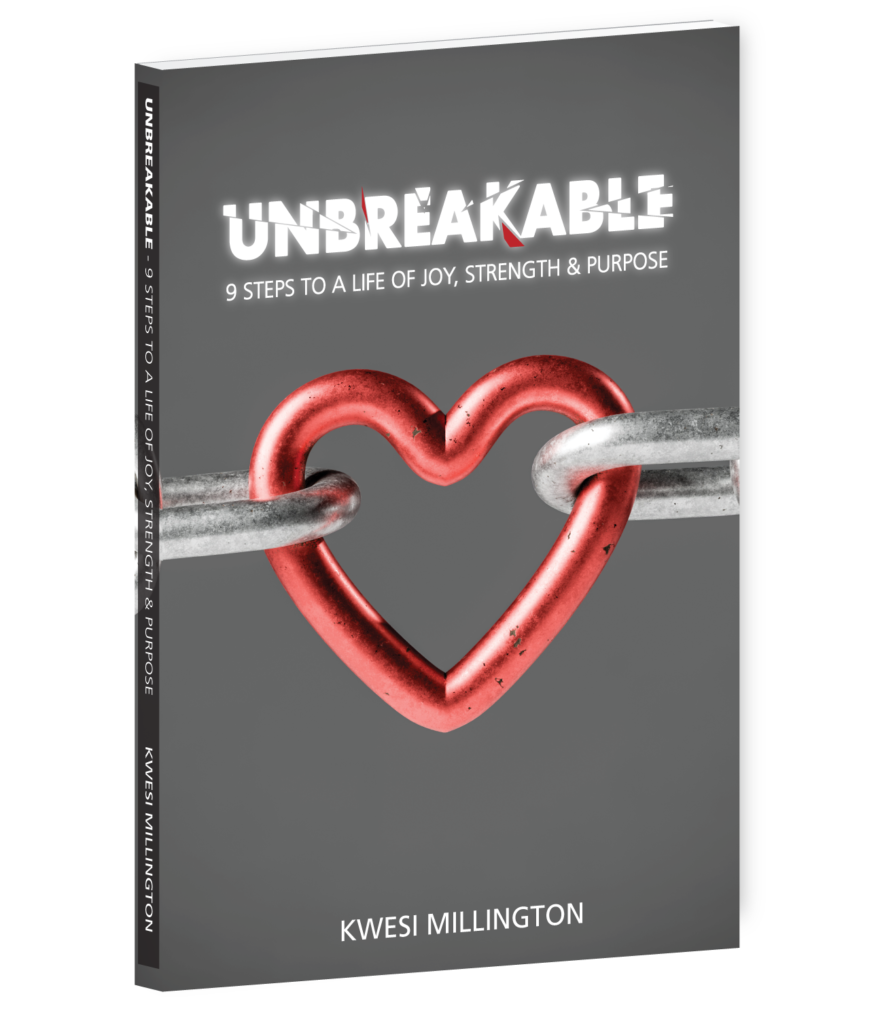With the police vs the public stories that keep popping up, I relized that my story does teach certain lessons about diversity and inclusion.
First, when I was in prison I was around people that were not like me. They had different backgrounds and many made different choices than I had. At first, not only did I not relate to any of them, I refused to try to relate to them.
I’m in there thinking “they’re not like me”, and I made assumptions. Even those whom I didn’t judge, I still kept at arm’s length mentally. The same thing happens with cultures in our community. We gravitate to people who look, act and sound like us. That’s natural, but there’s no way we can achieve inclusivity if we fail to recognize our own patterns. The next step after that is to start to learn about those who don’t look, act and sound like us.
I remember a conversation I had with an inmate about fentanyl. Yes fentanyl. Fentanyl is a drug more potent than heroin, and an amount equal to a few grams of salt can kill you (see the picture above). It is used as a pain killer in the medical profession, but overdose is easy in the wrong hands. The scary thing is that it can end up mixed in with another drug and kill someone who wasn’t even aware they were using it. For example, someone does a bump of cocaine laced with fentanyl…game over. Knowing this, I asked the inmate – who was in jail for drug offenses – why someone would take fentanyl at all, with all of the accidental overdoses occurring. His answer surprised me. He said that the chance that death could occur due to the power of the drug is the very reason fentanyl is so popular. Knowing that they could die from the drug, is why someone would try the drug. The power of the drug gives it the popularity.
What the hell does this have to do with diversity and inclusion? It’s the fact that I engaged in conversation to try to understand before making an assumption. Armed with that knowledge, I can speak from a more educated standpoint if I ever do run into someone who has tried fentanyl.
In the same way, getting around and having conversations with people who don’t look, act or sound like you will create connections, build understanding, and foster a spirit of inclusion. Don’t judge or assume you know – I did that with my drug conversation. Talk to people. Get facts that you may not be aware of. Build your understanding. It’s that knowledge that creates more connection, more inclusivity, and stronger relationships.


